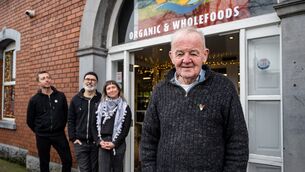Darina Allen: Here are some 'real' breads recipes

I’m in despair at the quality of our squishy sliced bread and deeply concerned about the effects on our health and waistline.
Many, not least the Bakers Association of Ireland, would disagree with me and I hope they are right.








